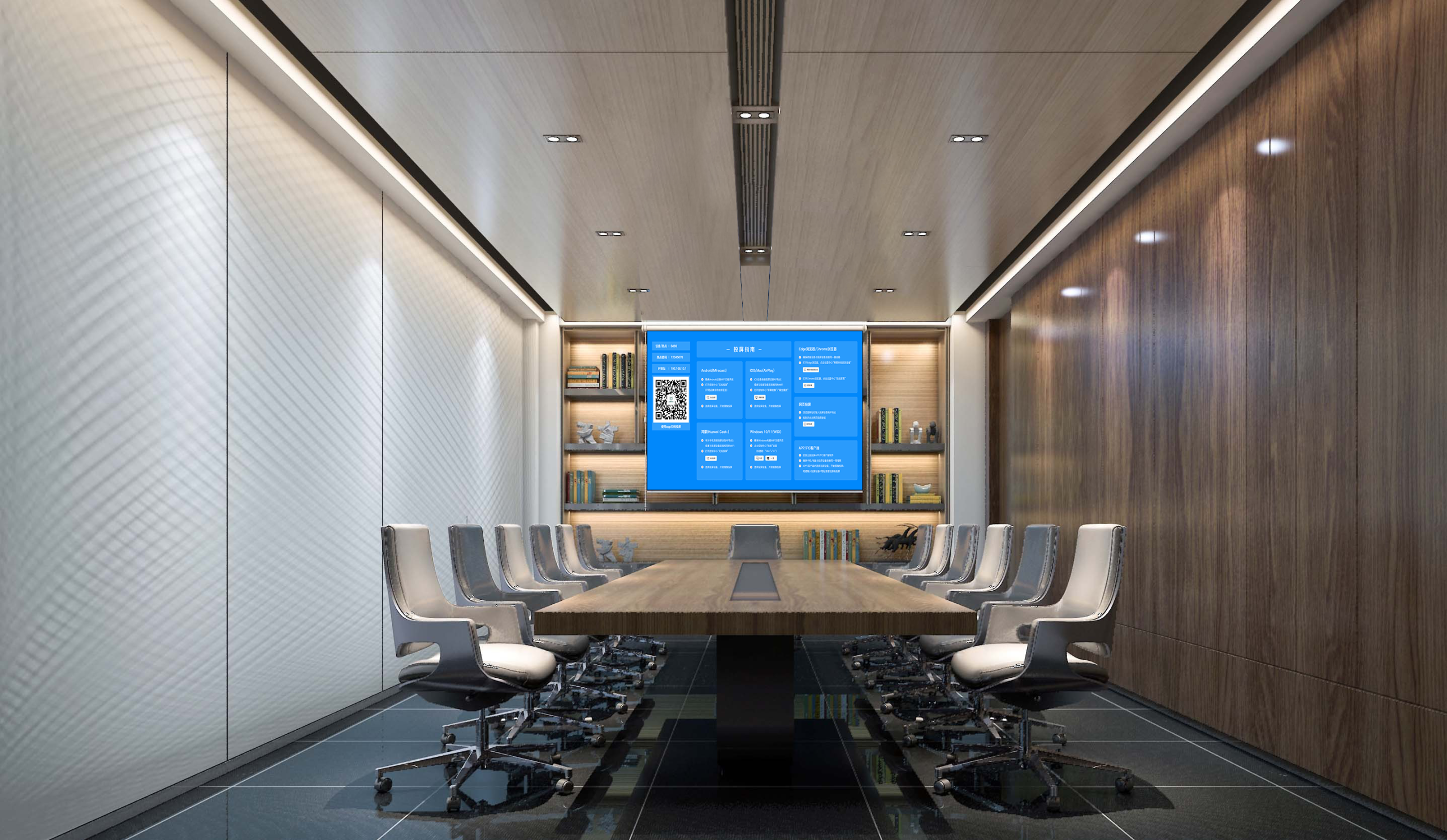How to Achieve the Most Power-Efficient Screen Mirroring with DLNA? Unveiling the TV Button in Video Apps
When you want to binge-watch a show on a large TV screen, you click the “TV” button in your video app, and the video magically jumps to the TV, while your phone can simultaneously chat on WeChat or lock its screen. Behind this lies the DLNA protocol, which is the most “hassle-free and power-efficient” way to screen mirror.
DLNA Screen Mirroring’s Working Principle: Push Mode
Unlike mirroring the entire screen, DLNA uses a “push” mode:
-
The video app on your phone (e.g., Tencent Video, iQiyi) discovers DLNA-enabled devices (e.g., smart TVs) on the same Wi-Fi network.
-
After you click the “TV” button, your phone doesn’t transmit the video frames; instead, it sends the video file’s “network address” and playback instructions to the TV.
-
The TV receives the instructions and then independently pulls the video stream from the internet for playback.
Why is it Hassle-Free and Power-Efficient?
-
Phone Liberation: Because the TV plays independently, your phone can exit the app, lock its screen, or even perform other operations without affecting the TV viewing experience.
-
Extremely Low Power Consumption: Your phone no longer needs high-performance screen encoding and real-time transmission, greatly saving battery power.
-
Network Optimization: If the TV is connected via an Ethernet cable, playback will be more stable than with a Wi-Fi-connected phone.
DLNA’s Unique Value in Multi-Screen Interaction
In home multi-screen interaction scenarios, DLNA is very suitable for long-term audio-visual entertainment. You can easily push music, photos, and videos from your phone, tablet, or computer to the living room TV and sound system, creating an immersive home theater experience.
If your primary need is to watch online videos on a large screen, then screen mirroring via the DLNA protocol is the optimal choice. It perfectly illustrates the convenience and enjoyment that multi-screen interaction brings to life.